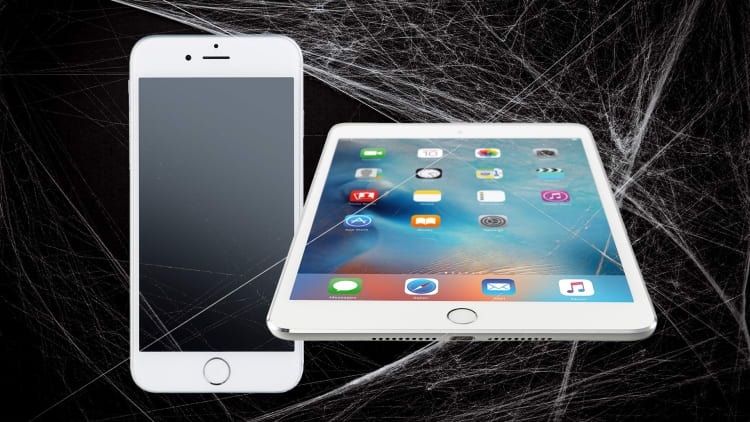- | 8:00 am
Apple declares the iPhone 6 Plus ‘obsolete’ and says iPad Mini 4 is ‘vintage’
Apple will no longer repair or service the iPhone 6 Plus phones, which debuted in 2014. And time is running out for the iPad Mini 4.

Time marches quickly for just about anyone. But in the technology world, it can positively gallop.
Apple has declared the iPhone 6 Plus to be “obsolete” technology, meaning it will no longer repair or service the device—and service providers are no longer able to order parts for the products.
The declaration for older technology comes roughly seven years after the company has stopped offering it at retail. The iPhone 6 Plus was removed from stores in September 2016. Owners of the regular iPhone 6 have a little more time, since that device was sold for a bit longer at retail.
Both the iPhone 6 and 6 Plus made their debuts in September 2014. While some die-hards might still have the phones, most have likely moved on in that time. The phone has not been able to update beyond iOS 13 since 2019.
As the iPhone 6 moves into the world of obsolescence, a few other Apple products have taken a step closer to that dreaded label.
Apple has added the iPad Mini 4 to its “vintage” list. That means it has been at least five years since the company last sold the device. (Vintage is the final classification before becoming “obsolete” in Apple’s vernacular.)
Vintage is, in essence, your warning period to either get a new device or start saving for one. (The iPhone 6, for instance, has been “vintage” since September 2022.) You can no longer expect to receive software upgrades when it reaches this point, and Apple will not guarantee its ability to repair the device. (Third-party repair facilities can still get parts, generally, but that too is not a guarantee.)
If there’s a major security flaw discovered with a vintage device, Apple may send an update, but if you’re using an obsolete one, you’re on your own—no exceptions.
The iPad Mini 4 wasn’t the only new addition to the “vintage” list. The PRODUCT(RED) iPhone 8 and iPhone 8 Plus have also been added. Other models of that phone, however, are not considered vintage yet.
Electronic waste (e-waste) is an increasingly large problem and has been called one of the fastest-growing climate change challenges. Over 2 billion PCs, tablets, and mobile phones ship each year—and many people don’t know what to do with the products when they get new ones.
A United Nations report released last month found that generation of e-waste around the world is rising five times faster than documented e-waste recycling. In 2022, 62 million tons of e-waste was generated. That’s enough to fill 1.55 million 40-ton trucks, which would be roughly enough to form a bumper-to-bumper ring encircling the equator.
Apple, years ago, came under fire for contributing to this by allegedly purposely slowing down older devices to encourage people to buy new ones. The company faced a class-action suit for the practice and settled for $500 million. (Checks began going out to customers who submitted a claim beginning earlier this year.)
Apple has since taken steps to reduce its carbon footprint, announcing plans to eliminate all plastic from its packaging by 2025 and long ago switching to 100% green energy. The company also says it uses as much recyclable material as possible in its creation of new iPhones and offers free recycling of its products when customers bring them to stores.
The company, last year, also began supporting “right to repair” laws in California and other states.






































